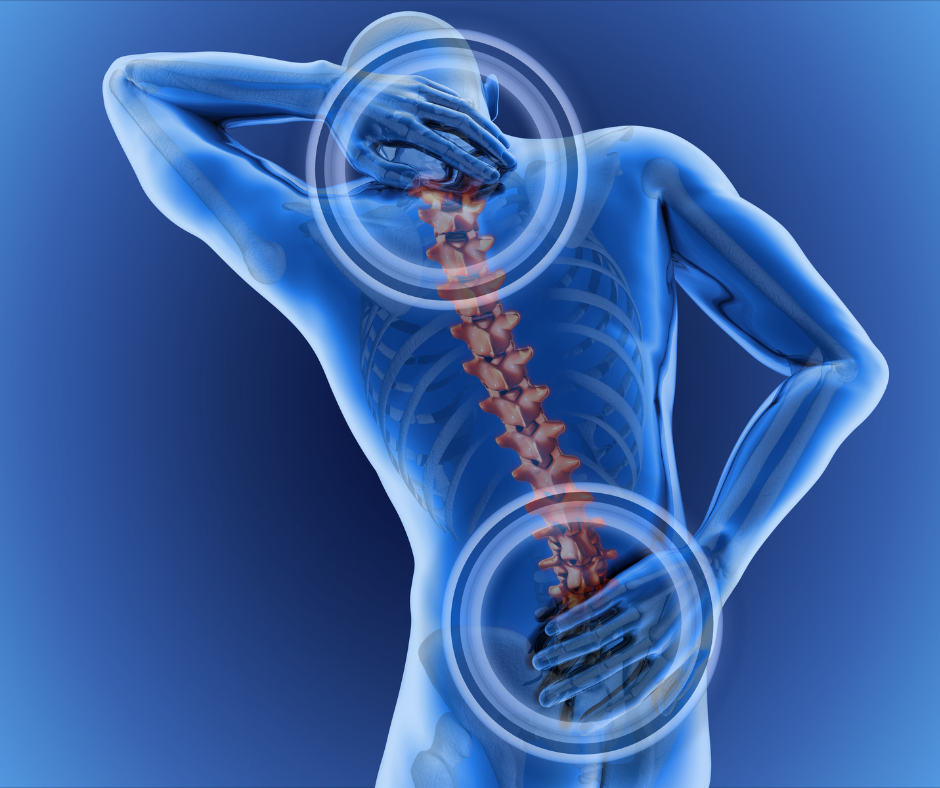This blog can be delivered to your staff as a Toolbox Talk. If you require a specific Toolbox Talk for your workplace, please feel free to get in touch.
Reason: Understanding safe manual handling training can significantly reduce the risk of injury to employees; we must aim to reduce the risk from manual handling to the lowest level that is reasonably practicable.
Manual handling safety is relevant to all employees, although some staff have a higher exposure to the risks involved in manual handling, it is recognised due to the diverse nature of manual handling operations and the problems associated with it no employees should be considered risk free.
Outline: This talk covers matters such as manual handling training; dangers of manual handling, compliance with legislation, risk assessments, and principles of a safe lift. This must be supported with further training and refreshed at regular intervals.
Some Facts
 HSE figures from 2021/22 show 477,000 workers suffering from a work-related musculoskeletal disorder
HSE figures from 2021/22 show 477,000 workers suffering from a work-related musculoskeletal disorder- 80% of people in the western world are affected with back pain
- Cost of poor manual handling examples are:
- Civil Claims for damages
- Production delays
- Loss of reputation
The Law & Employer’s duties
The Health and Safety at Work etc. Act 1974 (HSWA) requires employers to ensure the health and safety of all employees and anyone who may be affected by their work. This includes eliminating or taking effective control measures to reduce manual handing risks to an acceptable level.
The Management of Health and Safety at Work Regulations 1999 include duties on employers to assess risks (including manual handling risk) and take action to safeguard health and safety.
The Manual Handling Operations Regulations 1992 require employers to avoid, assess and reduce the risk of injury from manual handling operations so far as reasonably practicable.
Your duties
Employees have duties to under the law, all employees must:
- Follow systems of work in place for their safety
- Use equipment provided for their safety properly
- Co-operate with their employer on health and safety matters
- Inform their employer if they identify hazardous handling activities
- Take care to make sure their activities do not put others at risk
What is manual handling?
Defined as ‘The transportation or supporting of a load (including lifting, putting down, pushing, pulling, carrying or moving) by hand or bodily force’. – HSE and Manual Handling Operations Regulations
The Dangers of Manual Handling
 Incorrect manual handling is one of the most common causes of injury at work. It causes work-related musculoskeletal disorders (MSDs) which account for over a third of all workplace injuries.
Incorrect manual handling is one of the most common causes of injury at work. It causes work-related musculoskeletal disorders (MSDs) which account for over a third of all workplace injuries.
Manual handling injuries can happen anywhere people are at work – on farms and building sites, in factories, offices, warehouses, hospitals, banks, laboratories, and while making deliveries.
Heavy manual labour, awkward postures, materials handling, and previous or existing injury are all risk factors in developing MSDS.
Risk Assessments
A Company Manual Handling Risk Assessment has been undertaken and regularly reviewed taking in to account the TILE Principle. A Risk Assessment is about identifying and taking sensible and proportionate measures to control risks in your workplace.
Following a systematic approach looking at:
- The Task being undertaken.
- The Individuals undertaking the task.
- The Load – what is to be handled?
- The Environment the activity is being undertaken.
The Risk Assessment can be generic and apply to risks that are common to most activities. Specific Risk Assessments relate to individual hazardous manual handling tasks. All staff must be able to undertake informal personal risk assessments in any circumstances.
Good handling techniques
1. Stand reasonably close to the load, feet hip-width apart, one foot slightly forward to maintain balance.
2. Flex your knees and maintain a natural posture (your spine curves naturally, even when your back is
straight).
3. Avoid stooping or a deep squat when starting a lift.
4. Get a secure grip on the load.
5. A good lifting technique uses the strong muscles in your legs.
6. Keep the load close to your body but don’t carry a load that obscures your vision.
7. Lift slowly and smoothly, avoiding jerky movements.
8. Avoid twisting your body when lifting or carrying a load.
9. When lifting to a height from the floor, do it in two stages if possible.
10. When two or more people lift a load, one person must give directions to co-ordinate the lift.

- What should you do if you feel unable to lift an object?
- Why is it important to assess risk before lifting an object?
- Can you give an example of a manual handling activity you conduct in the workplace?
- Can you name a principal of safe lifting technique.

Ensure employees have read and understood the manual handling risk assessment.
Inform employees on the manual handling aids the company has provided.
If you have any questions about the contents of this Toolbox Talk, do not hesitate to contact us – our team would be happy to help you with any queries. Find more Toolbox Talks here.


